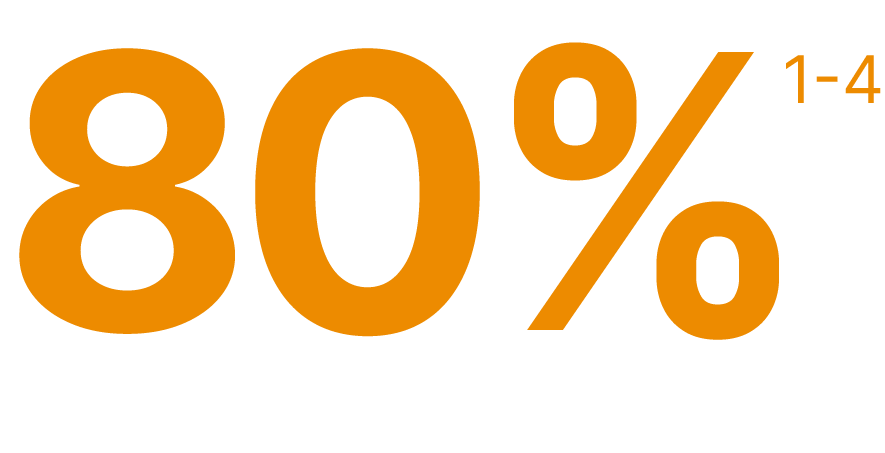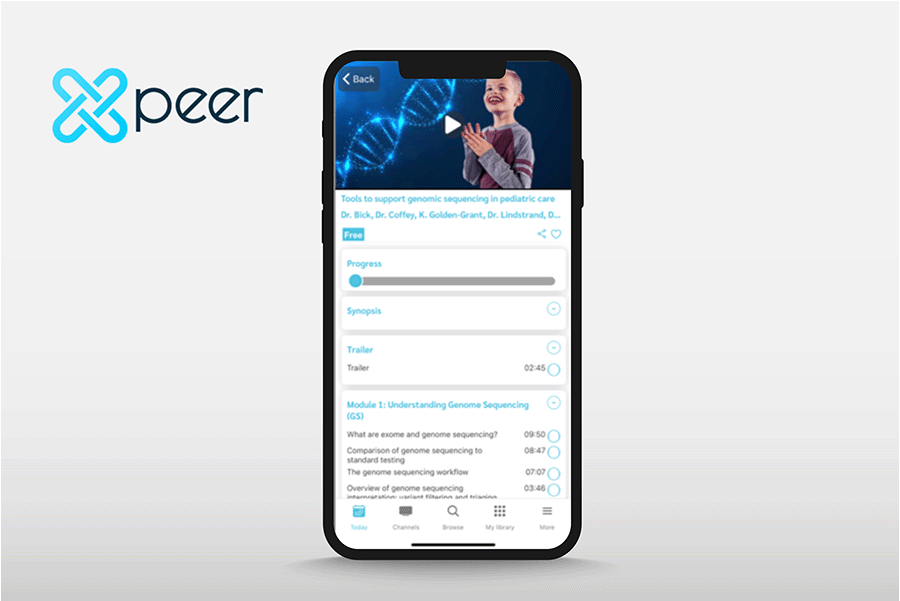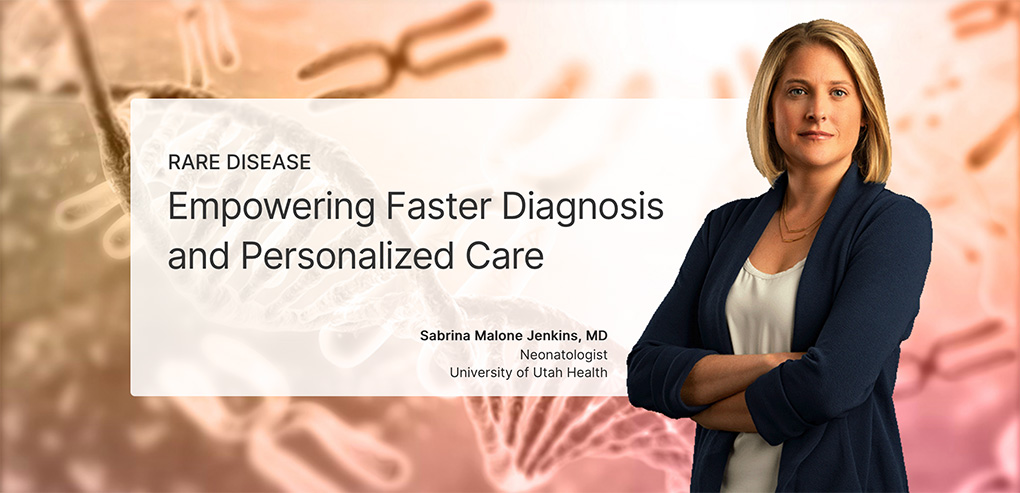Whole-Genome Sequencing (WGS) Addresses Uncertainty for Undiagnosed Rare Disease
Many individuals suspected of a rare disease are likely to go undiagnosed or misdiagnosed. Molecular diagnoses with standard of care testing can remain obscured by targeting the incorrect genes or region(s) of the genome. WGS provides an unparalleled view of the patient's genome to evaluate 7000+ rare diseases with a single test to drive optimal care.
Up to

of rare diseases are genetic or have a genetic component.
Complex Patients Need A Comprehensive Solution
With many rare diseases, the phenotype can be subtle or complex. The standard approach of iterative testing adds time to the diagnostic journey, contributes to higher testing costs, and prompts uncertainty of knowing whether the right test, or tests, were ordered.
WGS can bring clarity to challenging cases, giving confidence to the care provider that they can:
Diagnostic Success with WGS
A pilot study involving 4660 participants uncovered 168 disorders across a broad spectrum of rare disease. Diagnostic yield was highly varied across diseases with higher diagnostic yields for disease considered monogenic than for diseases likely to have a complex cause (35% vs 11%, respectively). Diagnostic yields are shown for common phenotypes associated with genetic disease.5

Genomics in Medicine: Educational App
On-demand educational courses that support the clinical use of genomic sequencing in pediatric care. Developed by a faculty of global experts in genomic sequencing, the courses are designed for HCPs looking for reliable information to support implementation genomic sequencing into practice.
Coverage for Whole-Genome Sequencing is Expanding
Insurance providers are recognizing the clinical utility of whole-genome sequencing for rare disease and its ability to help patients overcome their diagnostic odyssey and move towards a path of informed care.
References
- Nguengang Wakap S, Lambert DM, Olry A, et al. Estimating cumulative point prevalence of rare diseases: analysis of the Orphanet database. Eur J Hum Genet. 2020;28(2):165-173. doi:10.1038/s41431-019-0508-0
- Ferreira CR. The burden of rare diseases. Am J Med Genet A. 2019;179(6):885-892. doi:10.1002/ajmg.a.61124
- Bick D, Jones M, Taylor SL, Taft RJ, Belmont J. Case for genome sequencing in infants and children with rare, undiagnosed or genetic diseases. J Med Genet. 2019;56(12):783-791. doi:10.1136/jmedgenet-2019-106111
- Rare Disease Impact Report: Insights from patients and the medical community. Global Genes website. globalgenes.org/wp-content/uploads/2013/04/ShireReport-1.pdf. Published 2013. Accessed January 6, 2023.
- 100,000 Genomes Project Pilot Investigators, Smedley D, Smith KR, et al. 100,000 Genomes Pilot on Rare-Disease Diagnosis in Health Care – Preliminary Report. N Engl J Med. 2021;385(20):1868-1880. doi:10.1056/NEJMoa2035790




